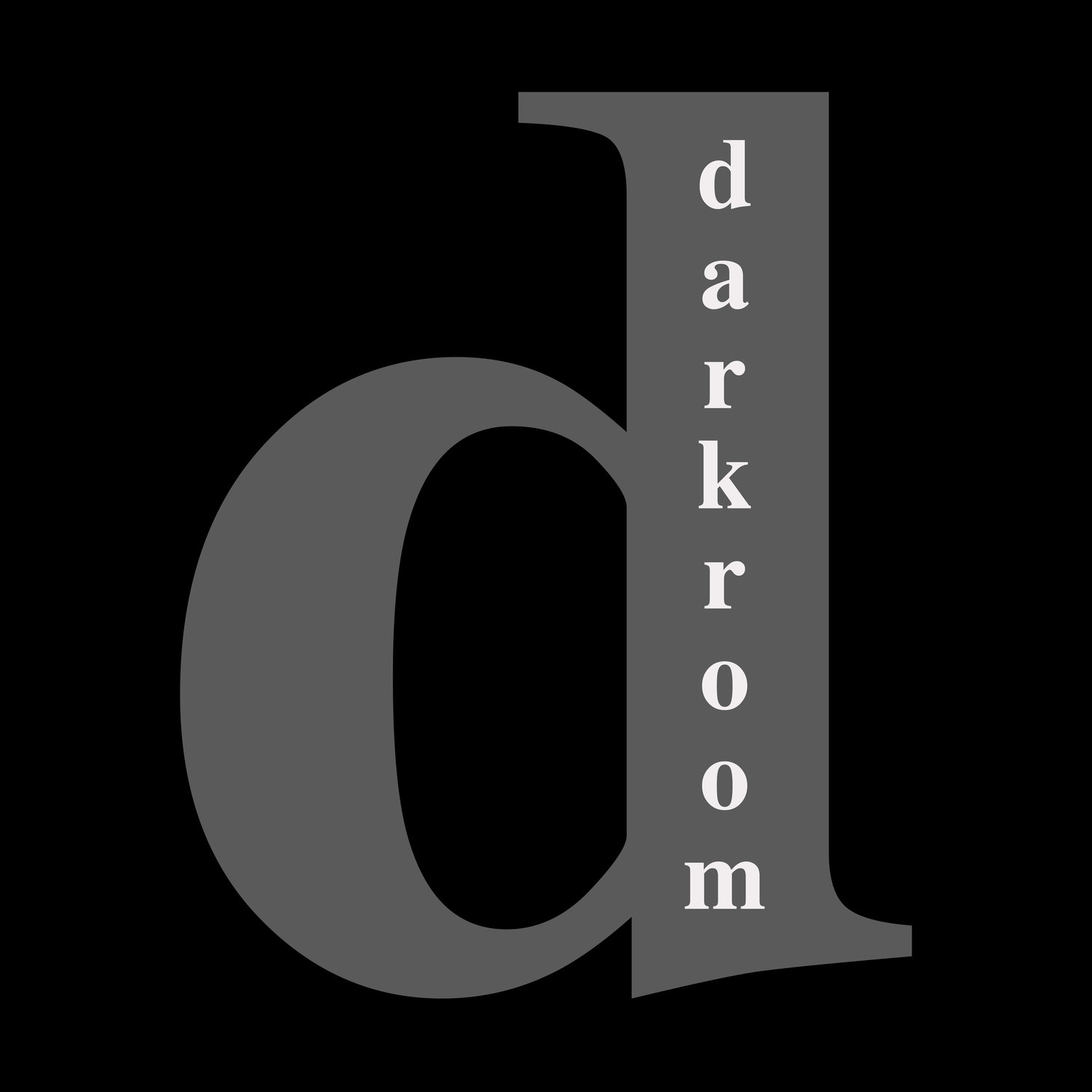The fifth Lightworks event was a wonderfully packed evening: a wide range of people, photographs, ideas, techniques and conversations (not to mention comestibles, both in print and on plates). Eight people presented their work, including both long-standing and recent members, as well as hopefully some new members. There was a fantastic mix of ages, nationalities, professional backgrounds, and genders.
Book for Lightworks Eight on April 24th (6.30 - 9.00pm) here
Photo: Dennis Yandoli
The evening opened with Elizabeth Pimentel’s stunning black and white prints on the theme of protest and gender. These were powerful in themselves, but all the more so once we learnt their back story, and that one image of text had been created by first sewing the text, and then creating a photogram from it. We also had a fascinating discussion about her photographs inside egg shells, which have to be seen to be believed.
Photo: Dennis Yandoli
We then moved on to Elisabeth Scheder-Bieschin (with an 's' this time!) exquisite vegetable series, in which the film and the prints were developed in homemade developer from the very vegetables depicted. Her artichokes are particularly beautiful, and her rows and rows of open pea pods reminded some of hieroglyphs and others of a genome sequence. Everyone was fascinated by the technique, as with the more colourful, experimental prints shown at the end, which were exposed in sunlight, rather than in the darkroom.
Photo: Dennis Yandoli
Bogi Szekeres showed us her intriguing architectural photographs, which at first glance seem as if they contain double exposures, but in fact are created in camera, making brilliant use of reflections in windows and other glass. We also talked about what an enormous difference simply 'flipping' an image can make, changing the dynamism of a shot, and about how one idea can end up in an entirely different place, prompted by an unplanned result that just works.
Photo: Dennis Yandoli
Selene Heath's work was the most mysterious, and the most heart-tugging. Questions of identity, memory, representation, love and honouring were raised, by her rather abstract pinhole photographs, taken using domestic cans which she adapted herself. These cans, as well as other, decorative items in the pictures, all came from her late grandparents' home. It was moving to look at the many images both as products of the pinhole cameras, but also through the prism of Selene's childhood memories.
Photo: Milena Michalski
In contrast, Greg Shields had just two photographs. These were very striking, and completely different from each other. One was reminiscent of an ornate, slightly eerie, Victorian fairy tale illustration. A castle seemingly at the bottom of a lake, framed by an impossible halo of trees - the result of a combination of reflections and multiple exposures. His second photo, a minimalist landscape, was no less complex, as what appeared to be shimmering water, turned out to be sand in a desert. The image was partitioned by a stark white line of absence, an intervention at the framing stage, which drew the eye to either side of the print, making us even more curious.
Photo: Milena Michalski
Jeff showed a range of urban, architectural and street scene prints, each of which had something excitingly unplanned in it, whether the beautiful greenish tinge on a black and white print of a house front, in strongly contrasting light and shade, or shadows thrown by the feet of pedestrians in mid-step. This led to discussion about intent and chance, and it was refreshing to hear so many admit that often the best things come about by accident.
Photo: Milena Michalski
Manuela brought in a strongly sculptural and yet human element to the evening's work, in her gorgeous prints of a veiled dancer, caught in mid movement, arm raised in a position reminiscent of classical sculpture or Renaissance painting. Whilst very clearly a living woman in motion, the photos also bestowed their subject with the air of a marble sculpture. The push and pull between these two elements drew us back to the prints again and again.
Photo: Dennis Yandoli
I closed the session, book-ending the theme of plants and homemade plant developer with my work, fresh from 'The Botanical Cabinet' exhibition. My pair of velvety black and white fern prints generated interest, and possibly a little consternation from 'the management', when I explained that they had been made simply by placing ferns in the enlarger! I finished by showing further cameraless work, my phytograms on glass plates, with their wild colours and painterly lines, as well as smaller ones on paper, which, coincidentally, tied in neatly with Elisabeth's prints.
Lightworks is such an enjoyable, informative and exciting event, a chance to show and discuss both work in progress and completed work in a nurturing, yet professionally informed, environment.
Book for Lightworks Eight on April 24th (6.30 - 9.00pm) here









